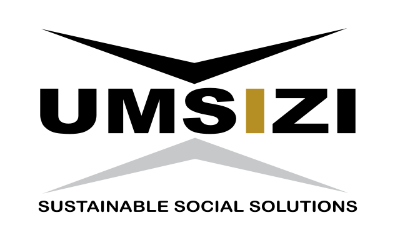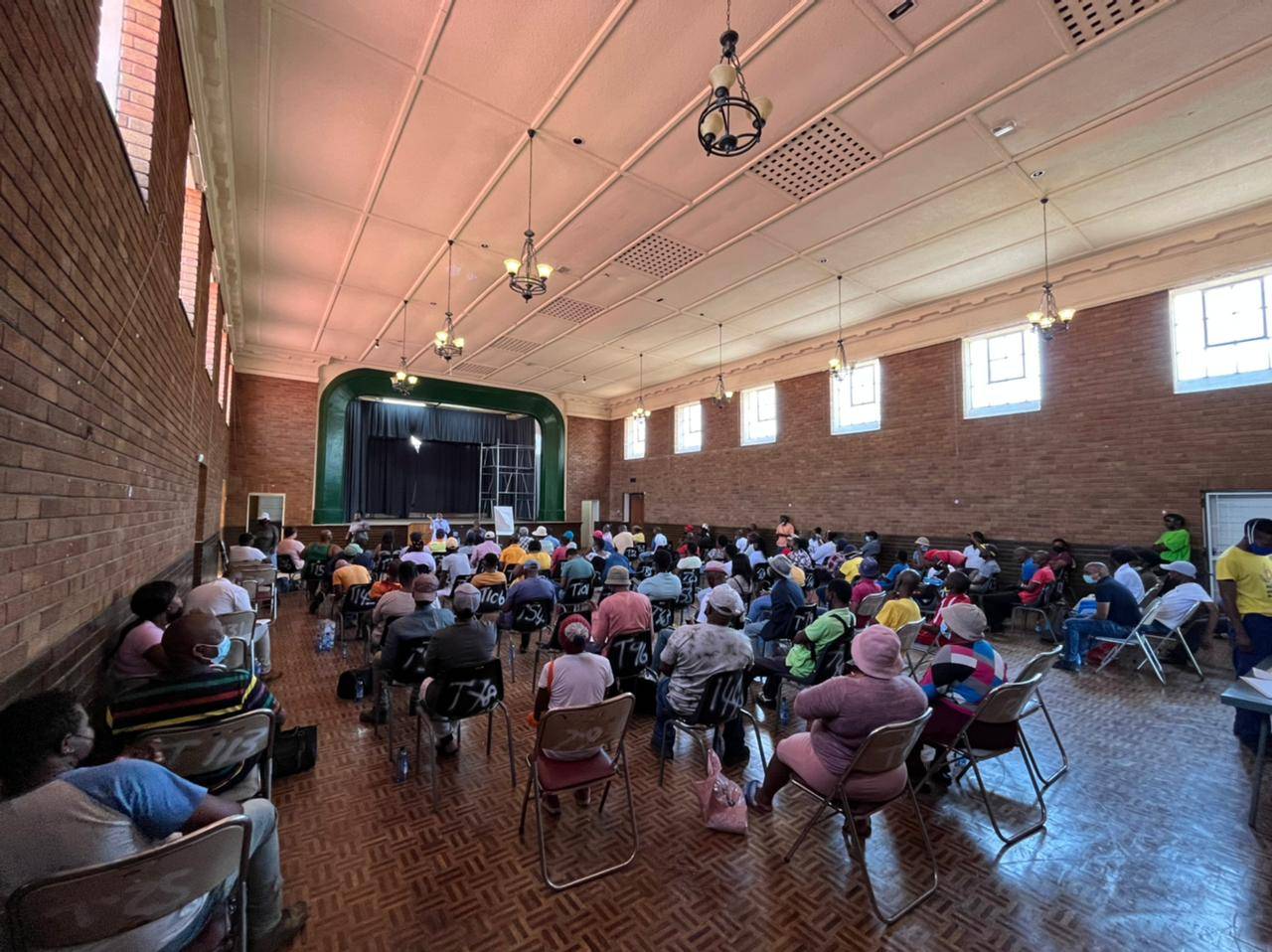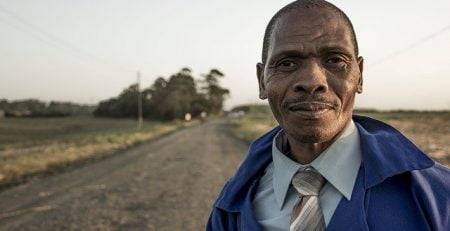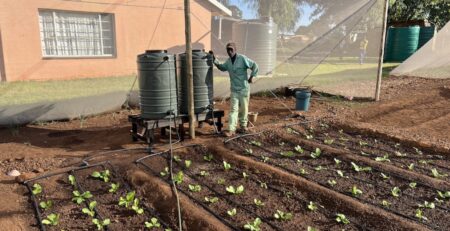Engaging with Stakeholders: Don’t overlook this key to successful projects
Engaging with stakeholders is a vital component to ensuring that Socio-Economic Development (SED) projects are effective. The concept of engaging with stakeholders is often associated with boardrooms and investors. However, the primary stakeholders we ought to engage are the target communities, their leaders, municipalities, as well as the corporates which are involved in any SED project.
The aim for any SED undertaking is to achieve sustainable and lasting impact, and to ensure total involvement, transparency, and inclusion of all the parties represented. This cannot happen without proper stakeholder engagement.
The temptation to overlook proper stakeholder engagement
Robust engagement that leads to true understanding and mutual trust between stakeholders takes time, effort, and allocation of valuable resources. Sometimes corporates can be so focussed on operations and necessary procedures to attain their compulsory compliance certifications, that the valuable inputs of the target beneficiaries of an SED project might not be properly considered.
In the long-term, there is no shortcut to achieving the Triple Bottom Line (TBL), that is economic, social, and environmental factors, considered by many to be the main goal of SED.
SED aims to achieve the Triple Bottom Line in the communities in which corporates operate
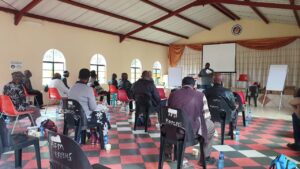 The TBL for SED seeks to ensure that companies operate their businesses in a way that positively impacts and improves their immediate community’s social, economic and environmental circumstances. The TBL framework implies that a successful improvement must be sustainable and long lasting, rather than cursory or limited in its timeframe or results. This is especially true for Corporate Social Investment but applies to the broader sphere of SED as well.
The TBL for SED seeks to ensure that companies operate their businesses in a way that positively impacts and improves their immediate community’s social, economic and environmental circumstances. The TBL framework implies that a successful improvement must be sustainable and long lasting, rather than cursory or limited in its timeframe or results. This is especially true for Corporate Social Investment but applies to the broader sphere of SED as well.
Without engaging in a meaningful way with the target beneficiary community, the result is often disappointment. All involved stakeholders, from community members on the ground, implementing agents, to SED managers within corporates, must have equitable opportunity to express their needs, aspirations, and expectations for the project to successfully achieve its given objectives.
It is no longer enough to inform stakeholders: a corporation must prioritise transparency, inclusion, and collaboration with its social partners
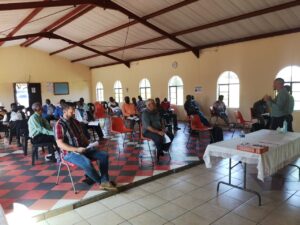 The concept of “engagement” is stressed heavily, even in academic literature surrounding the study of effective Corporate Social Responsibility (CSR) and the role that stakeholder engagement processes play in achieving commendable results. It has long been recognised that it is no longer sufficient for information to flow in a one-directional manner, from corporates to their stakeholders and social partners. It is no longer enough for businesses to simply inform those who participate or benefit from its operations what their intentions and strategies are and will be.
The concept of “engagement” is stressed heavily, even in academic literature surrounding the study of effective Corporate Social Responsibility (CSR) and the role that stakeholder engagement processes play in achieving commendable results. It has long been recognised that it is no longer sufficient for information to flow in a one-directional manner, from corporates to their stakeholders and social partners. It is no longer enough for businesses to simply inform those who participate or benefit from its operations what their intentions and strategies are and will be.
There has been growing recognition over the last few decades that in all aspects of operation, a business needs to actively engage with all stakeholders at various levels of participation. In this way, they can receive input regarding what is expected from the corporation, thus ensuring that it delivers goods and services of actual value.
This same idea is front and centre in the process of delivering meaningful SED projects and outcomes.
The ideal approach to creating a winning SED strategy is to co-create an actionable plan, and to make shared decisions with all the stakeholders involved. While there are limitations in many communities in South Africa to fully realise its potential, social media has opened the possibility for greater communication between stakeholders than ever before, and there is the potential to engage in an interactive and discursive platform in planning and implementing SED projects. The proliferation of instant messaging platforms like WhatsApp, and the development of targeted communication and input systems using this platform, holds great potential to revolutionise stakeholder engagement processes in South Africa and the continent at large. First prize, however, remains in-person, face-to-face engagement on the ground in target communities, in the vernacular language, and considering a broad range of inputs from community residents and leaders.
Sadly, however, studies show that few organisations employ this strategy.
When you fail to determine the needs of the community, you will fail to deliver meaningful and sustainable SED interventions
Communities have real and perceived needs. This means that the genuine needs of a community might not be what the members of that community perceive to be the most pressing needs at any given time.
There are instances where the very real needs of a community have been identified and projects launched that address these needs, but, because they are not what the community perceives to be the most pressing concerns, a feeling of resentment is felt towards the SED work accomplished.
The processes of engaging with the community, its municipalities, and leaders, is key to avoiding this scenario. Whilst SED programme designers, consultants, and expert desktop studies can reveal substantial and meaningful information about the needs of communities, ‘ready-made’ SED solutions that do not invite inputs from beneficiaries often fail. Global best-practice for stakeholder engagement encourages us to recognise that community members, and their leaders, ultimately possess the richest and most valuable knowledge about their own needs and lived experiences. Meaningful engagement invites communities into open and transparent discussions, allowing all parties to voice their concerns and challenges, prompting the co-creation and co-design of SED interventions.
Throughout any stakeholder engagement process, great emphasis must be placed on inclusion of vulnerable and previously excluded groups. Unless an engagement process is intentionally designed to include women, the youth, people with disabilities, the elderly, and those suffering from chronic illnesses and addiction, the inputs received during consultation will be skewed towards those with the loudest voices. This point is especially pertinent if an SED intervention seeks to target the vulnerable and previously excluded – it is therefore even more imperative to ensure their inclusion in the engagement and design processes.
In this way, either the reality of needs can be communicated and expectations from the community modified, or a plan of action that is able to address both the most pressing needs as well as the perceived concerns of the community can be formulated.
Further benefits of Purposeful Stakeholder Engagement for SED
Not only will stakeholder engagement assist in meeting the needs of all parties, but there are other reasons to invest resources in the time and effort it takes to do it properly.
Allowing stakeholders the time and opportunity to engage meaningfully builds social capital, which can be defined as networks developed from mutual understanding and values. This is what facilitates teamwork and cooperation in achieving goals when implementing SED projects. The benefits of this are realised when unexpected problems arise, engendering support rather than hostility from communities, which could ultimately undermine the end results of the project. Greater access to needed information could also be a welcome by-product of the process. This falls under the rubric of what we at Umsizi call Sustainable Relationship Building (SRB).
Another benefit is that the process of engagement will reduce social risk, since it brings to light early indications that the original proposed plan and approach might not be what the community needs or expects. This can then be acted upon, and energy can be diverted to effective projects with tangible results.
Finally, effective stakeholder engagement can lead to and drive innovation. On the one hand, through creating a multi-directional flow of information, new business opportunities can be identified, while on the other, taking cognisance of a community’s real needs, rather than its perceived needs, can mean developing new and necessary strategies that otherwise would have never been considered.
How does Umsizi Ensure Maximum Sustainability and Impact?
Our expert consultants and stakeholder engagement specialists at Umsizi will be certain that the baseline assessment and stakeholder engagements completed before each project engages with all stakeholders in such a way as to make clear the needs, aspirations, and expectations of all involved. The assessment will consider not only the very real needs of each community’s leaders and municipalities, but the needs of the community itself.
The corporates that are spearheading projects are not left out either, and their needs and expectations are also considered. In this way, Umsizi ensures that each stakeholder is satisfied with the attainable results at the conclusion of each project, throughout a programme’s duration, and beyond.
Our appraisals also reveal the perceived needs discussed above that, if not addressed, will lead to dissatisfaction in the eyes of the very communities that corporates are genuinely trying to benefit.
These nuances of project implementation can only be brought to light through robust and genuine stakeholder engagement, and Umsizi provides nothing but authentic quality in its baseline assessments for our clients.
Contact us today
No project is too complex, no community too challenged, no location too distant for us. Let us partner with you to see real and lasting impact. Together, we can ensure maximum satisfaction and genuine, lasting, and beneficial outcomes in the lives of many vulnerable South Africans.
Bibliography/Further Reading
https://www.smestrategy.net/blog/stakeholder-engagement-management-for-strategic-planning
https://www.fundacionseres.org/lists/informes/attachments/1118/stakeholder%20engagement.pdf (Though more focused on the corporate world itself, it does provide some valuable insights into the process for Stakeholder Engagement for effective CSR)
https://sustainability.hapres.com/htmls/JSR_1399_Detail.html
https://jcsr.springeropen.com/articles/10.1186/s40991-020-00054-2
The Wikipedia entry on Stakeholder Engagement, as accessed on 12 March, 2021, has helpful insight into its importance for CSR – https://en.wikipedia.org/wiki/Stakeholder_engagement
CSR Compliance:
